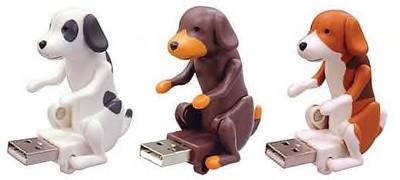
"A dog’s life is not what it used to be"
The term “a dog’s life” now constitutes an entirely different meaning then it did in the 1950’s. Dogs no longer live as dogs, but people. Since the 1950’s dogs have been humanized in relation to the health care they receive, their diet, their breed, behaviour and discipline, their mental stimulation and their place within the home.
The phenomenon of the “millennium dog” can be traced to the change in the life of dog owners throughout the decades and the development of new social norms. The money rich and time poor philosophy that is commonly related to society today can also be held responsible for the humanization of the domestic dog. Gone are the days when a dogs main purpose was to work, the millennium dog has it far better, the only work they have to do is unconditionally love, support and care about their owners. This transition in the life style of the domestic dog will be discussed throughout this report by comparing a 1950’s dog to a millennium dog. However, it’s not the dogs that have changed, but their owners and their expectations of man’s best friend.
Health Care
It is not just the field of veterinary care that has advanced dramatically since the 1950’s, it is also the attitudes of dog owners towards the health of their pets that have changed. Worms, limps, infections, fleas and diseases were all part of owning a dog. A dog in the 1950’s, particularly a working dog was likely to receive no-where near as much medical treatment as a dog today. A sick dog on a farm was most likely to receive the unfortunate fate of being destroyed and replaced, rather than causing his owner the stress of paying hefty vet bills.
Today however, as little as excess scratching or a mood change is often enough to necessitate a short but expensive trip to the local vet. Eighty-one per-cent of respondents in a recent K9 Media poll believed they have done or were willing to pay over ?1000 on their dog’s health per year. Although the introduction of pet health insurance has been of great assistance to many British pet owners, it still comes at great expense and causes much confusion and frustration. Pet insurance itself also reflects the changing attitudes of pet owners towards the health of their dogs, and the enormous amount they are willing to pay to keep this member of the family healthy.
With all the health advances and services available today, it may appear that dogs are now healthier then their 1950’s counterparts. This however may not necessarily be the case. As pet owners have become more concerned with the health of their dog, the diseases and conditions that dogs have always suffered are only being identified and treated today, such as arthritis and diabetes. These conditions would have once gone unnoticed and untreated. Arthritis for example, there are now copious treatments available.
The same may apply to the process of worming. Dogs have always had worms, but it is only now however that it is being treated. Terms such as roundworm and tapeworm are only fairly recent. Now there are hundreds of different treatments for these available, such as Drontal, the market leader here in the UK. Different treatments are also available depending on the age, size and life stage of the dog such as pregnancy. It is interesting to note that not only are these remedies available now, but dog medication is dosed and distributed the same way as human medicines.
Dog News
Saturday, June 14, 2008
Dogs Never Had it So Good
Labels:lilyruths dogcents,
adoption of dogs,
adoptions,
links,
pets,
virtual dogs
Subscribe to:
Post Comments (Atom)


 My StumbleUponPage
My StumbleUponPage




















No comments:
Post a Comment